If Microsoft can't deliver Windows 10X, what should it do with Surface Neo?
Some thoughts on how Microsoft should consider full Windows 10 as an alternative for Surface Neo.
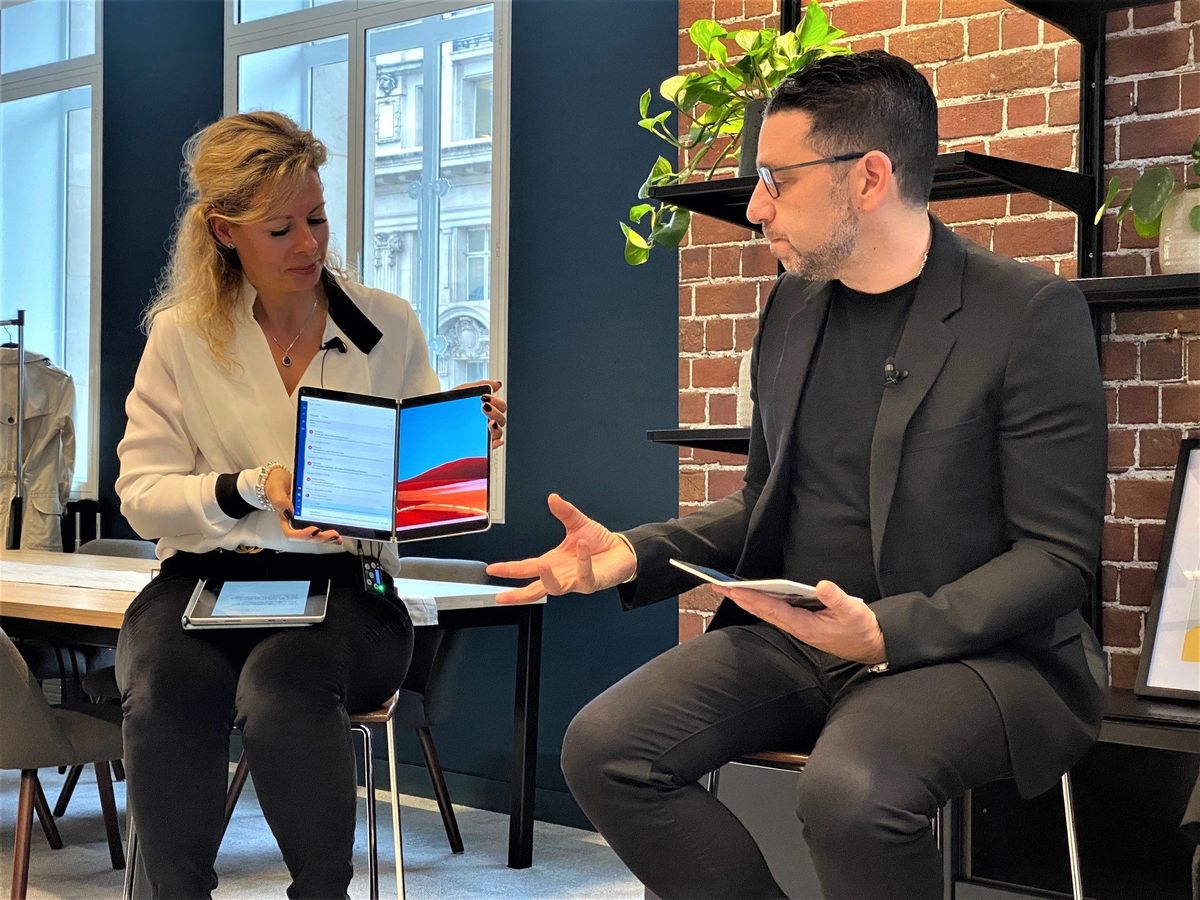
Recent reports are suggesting that Windows 10X is not happening anytime soon. After being delayed in 2020 with the company promising a shift in strategy to single-screened PCs, Microsoft now appears to have put the whole thing on hold. That means the Surface Neo is OS-less, and that's not good.
We've not had an official update about Windows 10X or Surface Neo in over a year, which gives the impression that Microsoft doesn't actually know what to do with Windows 10X now that Sun Valley for Windows 10 desktop is in the works. As a refresher, Sun Valley is a UI effort that aims to reinvigorate Windows Desktop with a modern interface, new features, and better performance across PC and tablet form factors.
Windows 10X was a promising idea; a modern version of Windows that is more secure, with faster Windows Updates, a modern and fresh desktop UI, and a smaller footprint in size and lower performance requirements. On paper, it's the best version of Windows yet, but in practice, it's not the best version of "Windows" at all. Windows 10X is a version of Windows without native support for the majority of Windows applications.
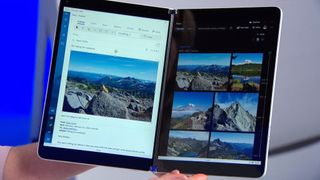
Windows applications are made up of mostly legacy Win32 apps, with a small number of apps adopting Microsoft's modern universal Windows 10 app platform. It's the universal app platform that runs "natively" on Windows 10X, with Win32 apps being delegated to running in a virtualized container. This is more secure, but it comes at the cost of app performance as to get those apps running, the OS needs to essentially spin up full Windows 10 in the background.
Microsoft has been considering shipping Windows 10X without Win32 virtualization support at launch because running those apps on a low-end PC is untenable. But even then, we don't know if Microsoft will actually ship Windows 10X at this point. A lot has changed in the last year, and Sun Valley has taken precedent internally as the most important thing for Windows today.
Ship the Surface Neo with Windows 10 (not 10X)
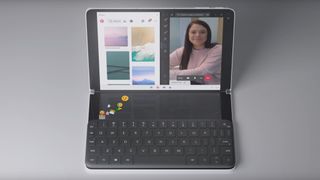
So, if Windows 10X doesn't ship, what will Microsoft do with Surface Neo or the OEM partners who were building dual-screen/foldable PCs with Windows 10X in mind? I think the answer is obvious, and there's already precedent for this; ship it with another operating system. This is the story of Surface Duo, which was first envisioned as a Windows device but shipped as an Android device.
I'm not saying Microsoft should ship Surface Neo with Android — that's the last thing I want to see happen. Nobody wants Microsoft to make an Android PC/tablet hybrid like the Neo, as Android is notoriously bad on those kind of form factors. Microsoft's time would be better spent improving the tablet experience on Windows 10 instead.
Get the Windows Central Newsletter
All the latest news, reviews, and guides for Windows and Xbox diehards.
With Sun Valley, I have a feeling that Microsoft is taking touch and pen experiences seriously again. This is good news for a device like Surface Neo, which puts those input types front and center. The only issue stopping Surface Neo from shipping with Windows 10 right now is the static and old Windows interface that isn't adaptable to the many postures that Surface Neo introduces.
Microsoft could fix this with Sun Valley by introducing a modern interface that can adapt to the Surface Neo's three main postures: book mode, laptop mode, and tablet mode. Windows 10 already supports dual-screens, which with some tweaks, could work nicely with the book posture.
Windows 10 also already has a tablet mode, which isn't great, but assuming Sun Valley fixes top complaints, that issue is partially solved. But Windows 10 is missing a dedicated laptop mode for the Surface Neo and indeed other foldable PCs. It's one of the reasons why Lenovo's Yoga X1 Fold isn't great to use, after shipping with full Windows that doesn't have a "laptop" mode.
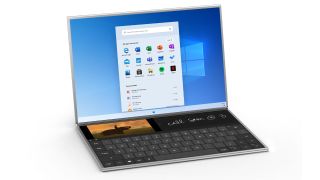
Microsoft would need to introduce a mode that could recognize when a foldable device was being used in the laptop posture. On Windows 10X, the OS shifts the desktop UI to one side and places the virtual keyboard and trackpad on the other. Interestingly, Microsoft has already introduced the Windows 10X touch keyboard on the desktop in the latest Insider builds, which even includes the "Wunderbar."
A virtual trackpad is already built into Windows desktop too. All Microsoft needs to do is combine those and align them correctly on one half of the display, when a user initiates the laptop posture, and you've got yourself a working laptop mode for a device like Surface Neo or the Lenovo X1 Fold. That's oversimplifying the work required to make this happen, but the plumbing for something like this seems to already be in place.
Time will tell
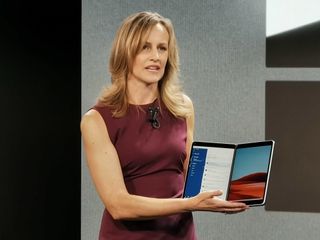
All in all, I don't know what Microsoft is going to do with Surface Neo. Maybe Microsoft will eventually ship it with Windows 10X if the OS is ever deemed ready, but the Surface Neo's hardware is aging fast, and the longer the company waits, the harder a sell the Surface Neo (as announced) will be. People were already complaining about the bezels in 2019, and by the time it ships, it will have been years.
If Microsoft wants to salvage what they have regarding the hardware, it needs to launch ASAP, and that could happen if they just ship it with the Sun Valley release of Windows 10. The other benefits of Windows Core OS (WCOS) such as faster Windows updates are things that Surface Neo will just have to miss out on, but that's better than not having a chance to use the hardware at all.
I think (hope) that with Sun Valley, Windows 10 desktop will be in a much better position to ship on a device like Surface Neo. But what are your thoughts? Should Microsoft ship it with Windows 10 desktop, sit on it until Windows 10X is ready, or if Windows 10X never ships, outright cancel it? Let us know in the comments.
